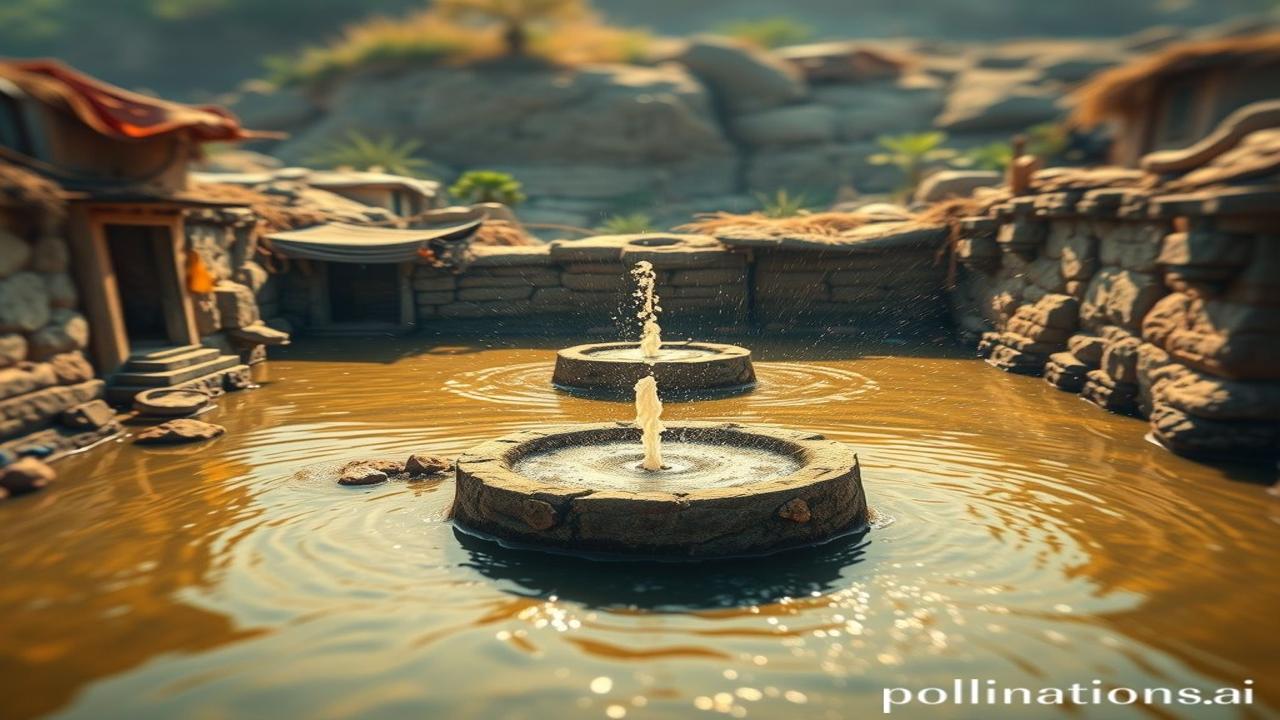Kabhi Suna Hai Paani Bhi Kahani Kehta Hai? (Have you ever heard water tell stories?)
Imagine yourself standing on the banks of an ancient stepwell, the air thick with the scent of damp earth and forgotten stories. The sun beats down, but down below, in the cool depths, whispers of a civilization past echo. This isn’t just about water; it’s about a legacy, a dharohar of ingenuity that has sustained India for millennia. Waqt ki dhool (the dust of time) might have settled, but these ancient methods of water conservation still hold vital lessons for a thirsty world. Chalo, explore karte hain!
Traditional Water Conservation: A Deep Dive into India’s Past
India, Bharat Mata, has always understood the value of water. Jal hi jeevan hai (Water is life) – a simple truth that shaped our civilizations. Long before dams and pipelines, our ancestors developed intricate and sustainable ways to harvest and conserve this precious resource. These weren’t just haphazard solutions; they were complex systems interwoven with culture, religion, and daily life.
From the arid deserts of Rajasthan to the lush hills of the Northeast, different regions developed their own unique techniques. We’re talking about ingenious structures like:
- Bawris/Stepwells (Rajasthan, Gujarat, Delhi): These aren’t just wells; they are subterranean architectural marvels. Steps lead down to the water level, allowing access even during dry seasons. Think of the Chand Baori in Rajasthan – a dizzying geometric masterpiece.
- Kuhls (Himachal Pradesh): Community-managed irrigation channels diverted from glaciers, bringing water to the fields. These demonstrate a remarkable understanding of local terrain and hydrology.
- Johads (Haryana): Earthen check dams that collect rainwater, improving groundwater recharge and providing water for livestock. Simple, effective, and community-driven.
- Tanks (South India): Large reservoirs that capture monsoon runoff, providing water for irrigation and drinking. Many temples in South India were built near these tanks, highlighting the sacredness of water.
- Bamboo Drip Irrigation (Meghalaya): An ingenious system using bamboo pipes to channel spring water to crops, conserving water and preventing soil erosion.
These practices weren’t just practical; they were deeply embedded in the social fabric. Pani Panchayat (Water Councils) were often responsible for managing and distributing water resources fairly. This was Bharatiyata in action – community ownership and sustainable living.
Zameeni Sach: Life, Laughter, and the Monsoon’s Embrace
Imagine a Rajasthani village, centuries ago. Ma Rukmini wakes before dawn, the air cool and crisp. Today is a special day; the annual cleaning of the village baori. She wears bright lehnga-choli, the vibrant colors reflecting the hope for a bountiful monsoon.
The entire village gathers, men repairing the steps, women cleaning the algae-covered walls, children splashing and playing in the shallow waters. The sounds of laughter, chanting, and the rhythmic clang of tools fill the air.
“Rukmini, beta, be careful! Don’t go too close to the edge!” her mother calls out.
“Haan, ma,” she replies, her voice echoing in the cavernous space. “But look how clear the water is already! The monsoon devi will be pleased!”
The baori isn’t just a source of water; it’s the heart of their community. It’s a place of gathering, of celebration, of shared responsibility. It’s where stories are told, songs are sung, and traditions are passed down through generations. Rulers like Raja Bhoj in Madhya Pradesh understood this, actively promoting the construction and maintenance of these water bodies. The artisans, farmers, and ordinary people all played their part in this collective endeavor. Their sapne (dreams) were intertwined with the promise of a full well and a prosperous harvest.
Dharohar Aur Pehchan: The Echoes of the Past Today
Even today, these traditional methods hold relevance. While modern technology offers new solutions, the principles of sustainability and community ownership remain crucial. We see echoes of these practices in:
- Rainwater Harvesting: Promoted in many Indian cities to recharge groundwater and reduce water scarcity.
- Watershed Management Programs: Integrated approaches that focus on conserving soil and water resources at the watershed level.
- Community-Based Irrigation Projects: Empowering local communities to manage and maintain their own irrigation systems.
- Traditional Festivals: Many festivals still revolve around water bodies, like the Gangaur festival in Rajasthan, where women worship Gauri, the goddess of water, fertility and harvest.
These traditions remind us of our connection to nature and the importance of respecting its resources. They reinforce Bharatiyata, a sense of responsibility towards our environment and our community.
Mazedar Tathya ya Bhram-Bhanjak: Myths Busted!
- Myth: Traditional methods are outdated and inefficient.
- Truth: While they may not be as technologically advanced as modern solutions, they are often more sustainable and resilient, particularly in the face of climate change. Their simplicity and low cost make them accessible to communities that might otherwise lack access to water.
- Fun Fact: Some stepwells in India are believed to have secret tunnels leading to palaces or other important locations! Imagine the stories those tunnels could tell!
Drishya aur Bhavnayein: The Sensory Tapestry
The air hangs heavy with the scent of petrichor after the first monsoon showers. The temple bells chime, their sound mingling with the joyful cries of children splashing in a newly filled tank. The walls of the stepwell feel cool and smooth to the touch, the stone worn smooth by centuries of use. The taste of water drawn from a deep well is earthy and refreshing. The sight of a lush green field, nourished by kuhl irrigation, is a feast for the eyes. These sensory experiences are woven into the fabric of Indian life, connecting us to our past and shaping our present.
Antim Vichar ya Uddharan: A Final Drop of Wisdom
Jal se hi jeevan hai, jal se hi kal,
Sambhal kar rakho isse, har ek pal.
(Life is from water, the future is from water,
Preserve it carefully, every single moment.)
Let us learn from our ancestors, embrace sustainable practices, and ensure that future generations inherit a water-secure India.
